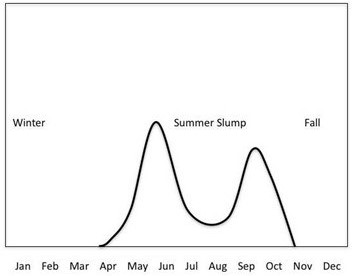
Figure 1: Illustrates the “summer Slump” in cool-season grasses.
However, we can start to beat this summer slump with the addition of warm-season grasses, Figure 2. These grasses thrive in the hottest part of the summer and help this void. Not only does this allow us to save our cool-season grasses during the summer, but that frees up cool-season grasses for stockpiling for later season grazing.

Figure 2: The “Summer Slump” production loss is backfilled with the addition if warm-season annual and perennial grasses.
What Can We Do Now?
If you are noticing your pastures are beginning to show signs of distress and wear, you need to start making decisions. Can you move hay and livestock more often? Can a temporary winterfeeding area be established as a sacrifice area to save the rest of the pastures?
When feeding outdoors, it will always result in some form of damage, but this will be reduced when the ground is frozen, and the livestock are moved frequently. Some farmers will start moving livestock several times a day when they see increased pugging of the soil. To discourage congregation of livestock, try taking minerals to different locations than water and hay. If hay is rolled out or fed in frequently changing locations, this will also help with manure and nutrient distribution for more fertile and productive pastures in the spring. For more information on how to reduce damage to your pasture, read Reducing Pasture Damage During Winter Feeding.
If you already have a sacrifice area or are thinking about setting one up for the winter, maintaining that area is important. These areas can get inundated with mud and animal waste in a hurry if they are not properly cared for. Placement is very important for these areas. One thing to consider is your location of livestock water and feed. Another consideration is your ease of access, and a final consideration is how wet the land lays. Since livestock will be congregating here, it is important to keep away from streams, which could become contaminated. For more information on sacrifice areas and winter feeding, read Care and Condition of Sacrifice Areas . If you have the opportunity, constructing a covered structure with concrete floor where livestock can be kept when it is too wet outside is a great way to avoid pasture damage.
Wrapping Up
When winter and winter time decisions are upon us, our window for planting or species diversification is closed. That does not mean we are out of options. This article provides tips and resources for helping to make the tough decisions during the winter months. If you need more assistance, contact your local Penn State Extension Agronomy Educator.
Acknowledgement
This work was supported by the USDA National Institute of Food and Agriculture and McIntire-Stennis Appropriations under Project #PEN04600 Accession No. 1009362 and by The National Fish and Wildlife Foundation under a subcontract from Capital RC&D.
Source : psu.edu